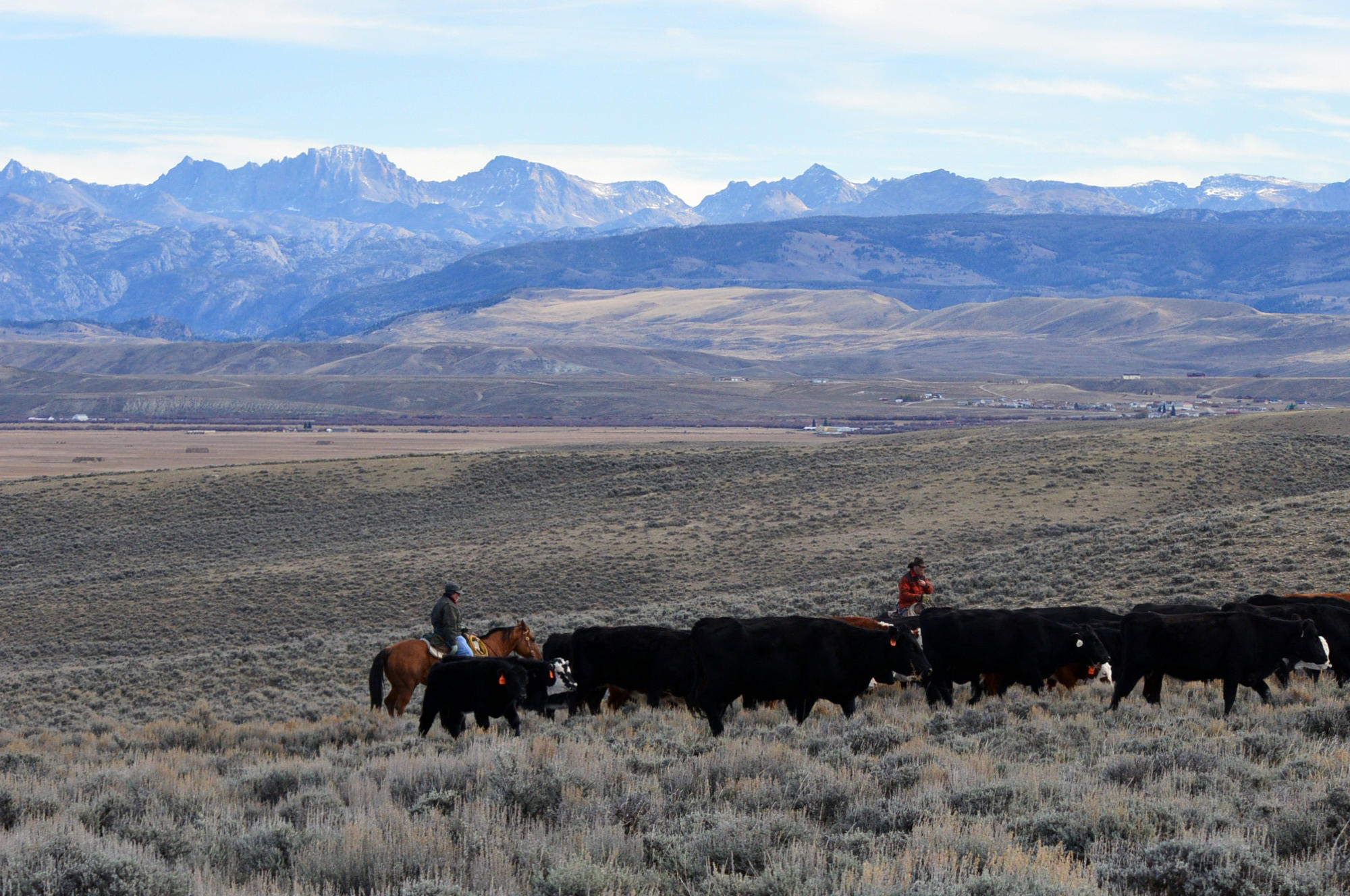Upper Green livestock grazers give sigh of relief; judge dismisses suit, citing agencies’ solid foundation

By Joy Ufford
Pinedale Roundup
Via- Wyoming News Exchange
PINEDALE — Local ranchers whose cattle spend summers drifting to their Upper Green River rangeland grazing allotments are relieved by the federal judge’s May 17 dismissal of an environmental coalition’s challenge.
“Obviously, I am pleased that the court recognized all the hard work that the permittees and the Forest Service have done to maintain an ecologically viable grazing program in the Upper Green,” said Albert Sommers, Pinedale rancher, grazing permittee and Upper Green grazing association president.
This lawsuit was consolidated with similar others and then moved to Wyoming’s U.S. District Court.
In her ruling, Wyoming’s U.S. District Judge Nancy Freudenthal dismissed claims by Western Watersheds Project, Center for Biological Diversity and others that federal agencies did not properly consider effects of the 2019 Biological Opinion that 72 grizzlies could be taken from the Upper Green within 10 years without specific guidelines for age and sex.
Sommers, along with fellow grazing permittees Charles Price family ranch and Murdock Land and Cattle, signed onto the long-running lawsuit filed against the Secretary of the Interior, Forest Service and U.S. Fish and Wildlife Service that challenged re-authorization of the Upper Green’s livestock grazing on Bridger-Teton National Forest.
The coalition argued FWS was faulty for not ensuring females grizzlies would receive more protection, the coalition argued.
Thus the Forest Service was also at fault for relying on it, their attorneys argued.
However, Judge Freudenthal determined numerous checks and balances are written into grizzly bear management to prevent that scenario. Grizzlies’ monitoring and management in the Greater Yellowstone Ecosystem are shared by Wyoming, Montana and Idaho with an estimated population of about 700 bears, well over the FWS’s recovery criteria of 500 for the large carnivore.
The Mountain States Legal Foundation, who defended ranchers, heralded its courtroom win earlier this week: “For years, (MSLF) has fought to defend Wyoming’s Upper Green River Drift ranchers and their right to graze from environmentalists looking to shut down grazing and one of America’s last great historic cattle drives,” it announced on May 20.
“Love for the land is close to the heart of these ranchers, whose families have cared for the land far longer and far better than any agency or activist has. The Green River Drift provides 124 years of evidence that ranchers are the real conservationists.”
The particular Upper Green rangeland and now outlying areas are seeing more protected grizzly bears, leading to increased conflicts between humans and livestock and subsequent bear removals and relocations, according to Wyoming Game and Fish.
“This was a critical win, both for the Upper Green permittees and for responsible, balanced resource management,” said WSGA executive vice president Jim Magagna. “For once the so-often employed tactic of the environmental groups to challenge NEPA analysis has reached a limit that the court was not willing to tolerate. Now we will be waiting to learn whether the plaintiffs choose to appeal to the 10th Circuit.”
On May 24, WWP attorney John Persell expressed disappointment about Judge Freudenthal’s ruling, and whether or not to appeal it is under consideration, he said.
“We are obviously disappointed, and we disagree that the federal agencies properly followed the letter and spirit of the Endangered Species Act and the Bridger-Teton Forest Plan regarding impacts to grizzly bears, sensitive amphibians and other species from livestock grazing in the Upper Green,” said Persell. “However, we are still reviewing the opinion closely before deciding whether to appeal to the 10th Circuit Court of Appeals, which is based in Denver. Under the Federal Rules of Appellate Procedure when federal agencies are parties to a case, like here, a party has 60 days to file a notice of appeal.”
Questions to the Department of Justice about what’s next in this federal process were not answered at press time.




